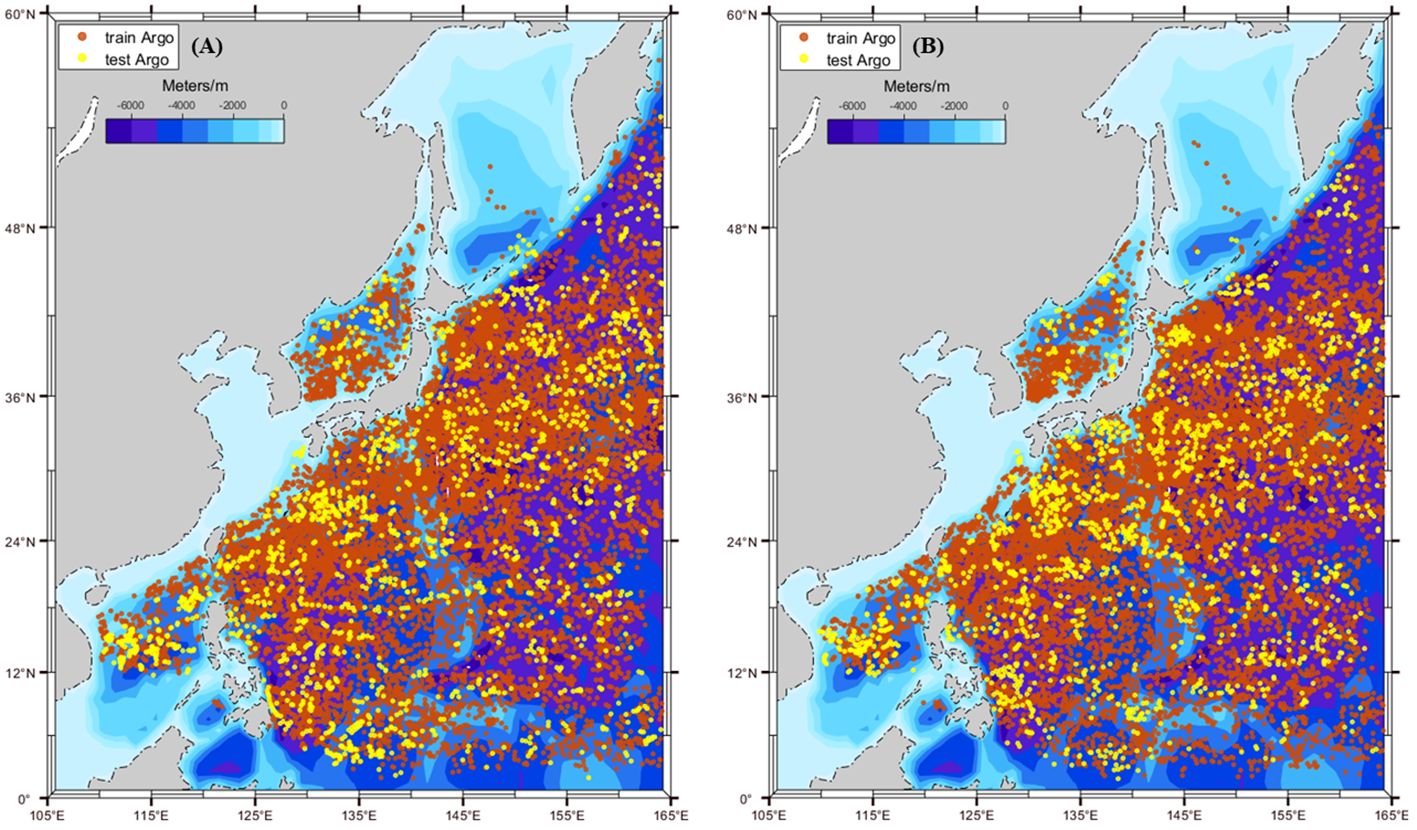
🌊 Under the Surface: The Influence of Winds on Concealed Ocean Weather Patterns
Ocean currents do not merely drift without direction beneath the surface; they create swirling, complex designs that reflect the storms and pressure systems occurring in the atmosphere. A pioneering study from researchers at the University of Rochester indicates that the connection between these oceanic “weather systems” and the atmospheric winds above is significantly more intricate and dynamic than previously recognized.
Similar to how the atmosphere produces storms and cyclones, the oceans develop their own weather systems known as eddies — circular water currents that usually measure around 100 kilometers (60 miles) in width. These underwater whirlpools are vital for the transportation of heat, carbon, and nutrients across the world’s oceans, playing an essential role in climate regulation and the support of marine ecosystems.
Historically, scientists assumed that surface winds simply influenced ocean eddies by slowing them down over time. However, recent research spearheaded by Hussein Aluie, a professor of mechanical engineering and mathematics at the University of Rochester, presents a much richer narrative.
“It’s actually more fascinating than what many people had assumed,” remarks Aluie, who also serves as a senior scientist at the University’s Laboratory for Laser Energetics. “There’s a notable asymmetry in how the wind interacts with these movements, which depends on the direction of their spin.”
Integrating satellite data and high-resolution climate models, the researchers discovered that winds like the westerlies and trade winds do not only diminish ocean eddies — they can also invigorate them, contingent upon the rotation of the eddies.
When an eddy spins in alignment with the prevailing winds, the wind imparts energy into it, enhancing its motion. Conversely, when an eddy rotates against the wind’s direction, the wind effectively draws energy away, diminishing the eddy’s strength. This selective reinforcement or attenuation results in unique patterns across various oceanic regions. For example, in subtropical areas where winds predominantly flow from west to east, clockwise-rotating eddies (in the Northern Hemisphere) receive energy boosts, while counterclockwise eddies are dampened.
The research team further explored another significant but less apparent ocean phenomenon: extensive tangled formations called “strain” — intricate, interconnected flow fields situated between the more obvious circular eddies. Remarkably, these strain patterns represent nearly half of the ocean’s total kinetic energy. Like eddies, they also respond sensitively to atmospheric winds.
“The newly discovered energy pathways between the atmosphere and the ocean can assist in designing improved ocean observation systems and refining climate models,” states Shikhar Rai, the lead author of the study and postdoctoral investigator at Woods Hole Oceanographic Institution.
Grasping these mechanisms is vital. Enhanced understanding of how and where heat, carbon, and nutrients circulate throughout the oceans could not only optimize commercial shipping routes and fisheries management but also offer critical insights into global climate change. After all, the oceans play a crucial role in absorbing atmospheric heat and carbon dioxide, serving as a significant buffer against rapid climate changes.
This research, published in the journal Nature Communications, represents a significant advancement in current climate models, illuminating the concealed, dynamic interplay between wind and water that controls our planet’s natural systems.
As scientists persist in revealing the mysteries of the ocean’s “atmosphere,” there is hope that this deeper comprehension will empower humanity to more effectively safeguard, predict, and manage the precious resources and climate regulation capabilities that our oceans offer.